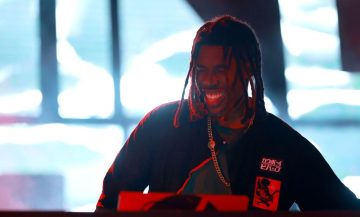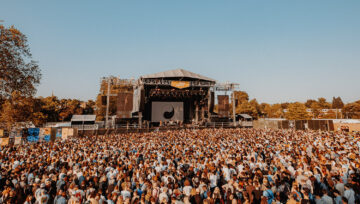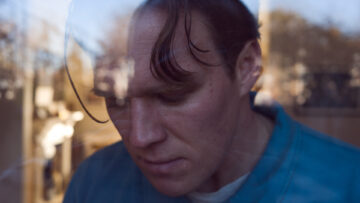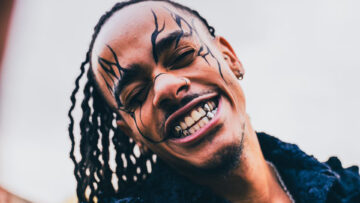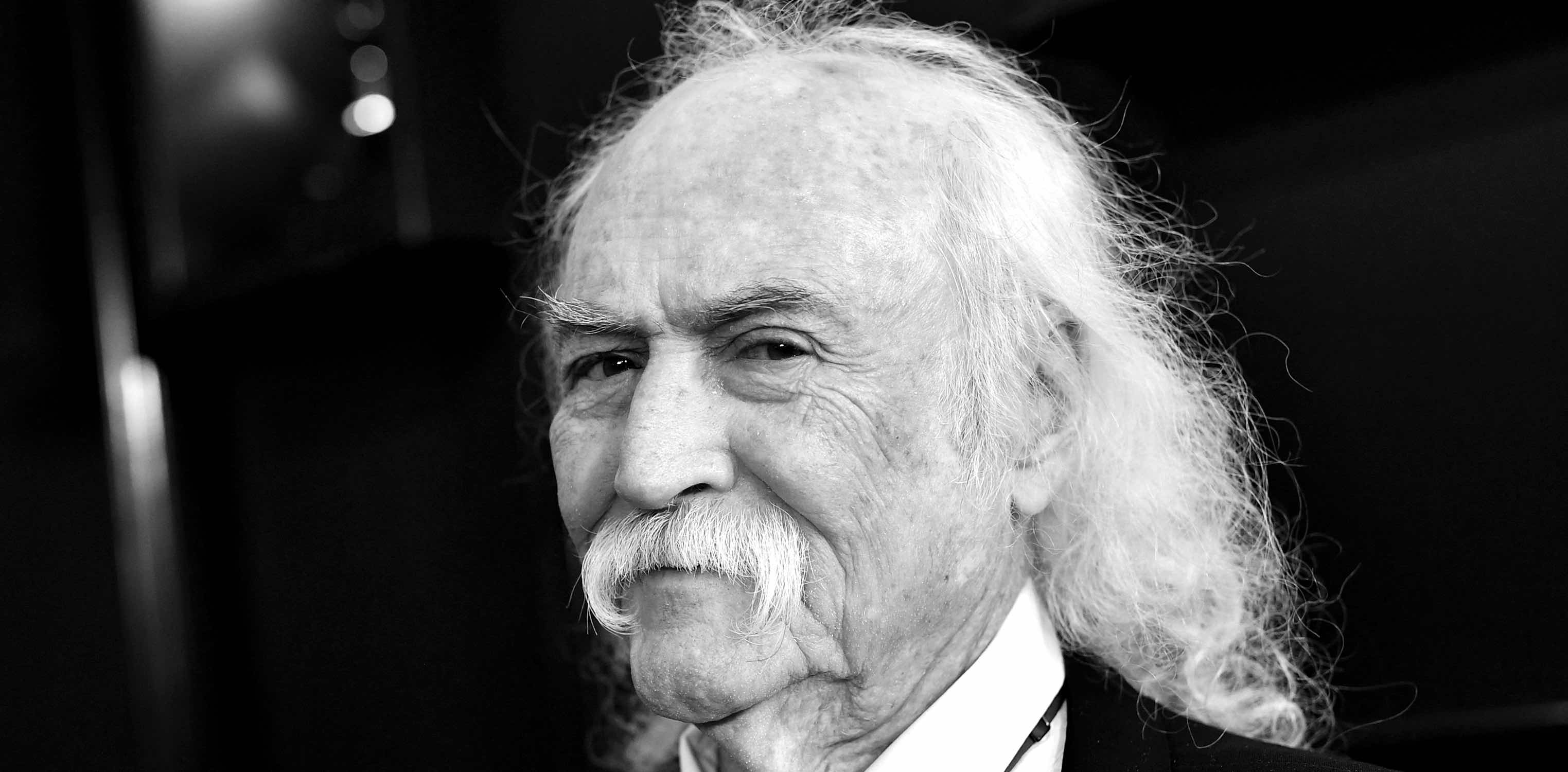
Following the news of the passing of David Crosby at the age of 81, we look back on a life and artistic pursuit that was as influential as it was shaped by personal conflict.
David Crosby will be remembered almost equally for his demons, his demonstrative outbursts, his demanding nature and his bacchanalian proclivities as he will for the music he helped create. Almost.
The lifestyle he chose, and the problems it created – not least the need for a liver transplant in 2014 after a long run of issues related to Hep C – would not have been an issue had he not been intrinsic to some of the most beautiful sounds of the 60s, and lashed himself to the concept of protest and a counter culture in the eyes of millions with his words and deeds.
Without his contributions to The Byrds, Crosby, Stills, Nash & Young and the other projects he graced, he would have just been a problematic boomer shouting into the wind, but he was far more than just that.
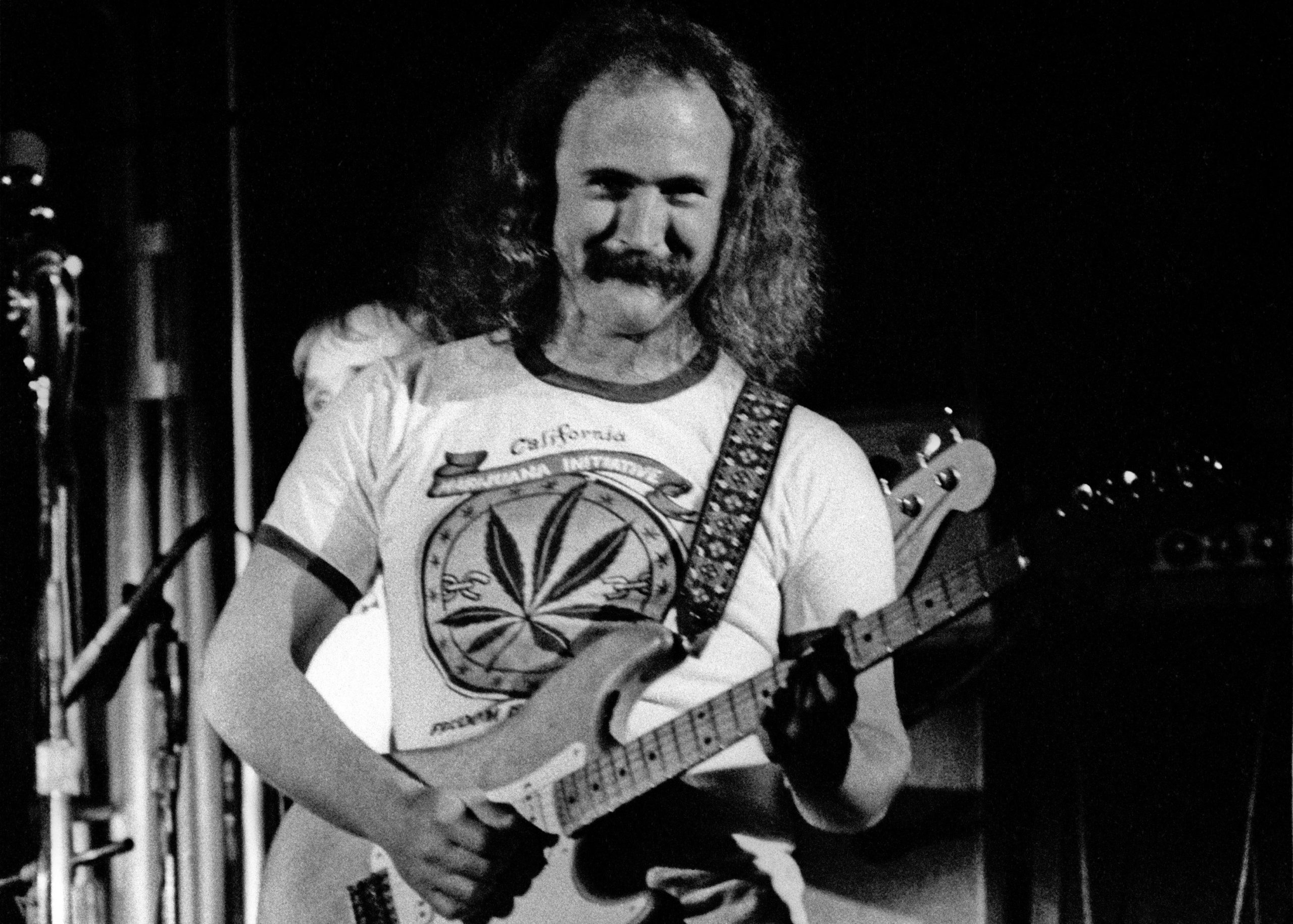
Though an accomplished writing contributor to his groups and solo records, Crosby’s personality often overpowered his talent. He was, however, central to funnelling the words of Dylan and others into the mainstream; while his lifestyle, words and actions (both good and bad) set the tone for the culture clash of the times he helped change.
Having a father who was the director of photography on Beach Blanket Bingo and The Man with The X-Ray Eyes doesn’t exactly mark one out as Hollywood Royalty. Yet Crosby’s father, Floyd, had come to prominence with – and won an Academy Award for – his work on the F.W. Murnau docudrama Tabu: A Story of the South Seas in the early 30s.
He then operated extensively in the documentary genre, while also shooting some of the biggest Hollywood names within its studio system – including Gary Cooper (in High Noon) and Bing Crosby (Doctor Rhythm).
A close relationship with filmmaker Roger Corman would lead to the elder Crosby’s extensive B-Movie credits of his later years in the business; weird and wonderful flicks that would have been part of the backdrop to the childhood of David, who was born to Floyd and his then-wife Aliph in 1941.
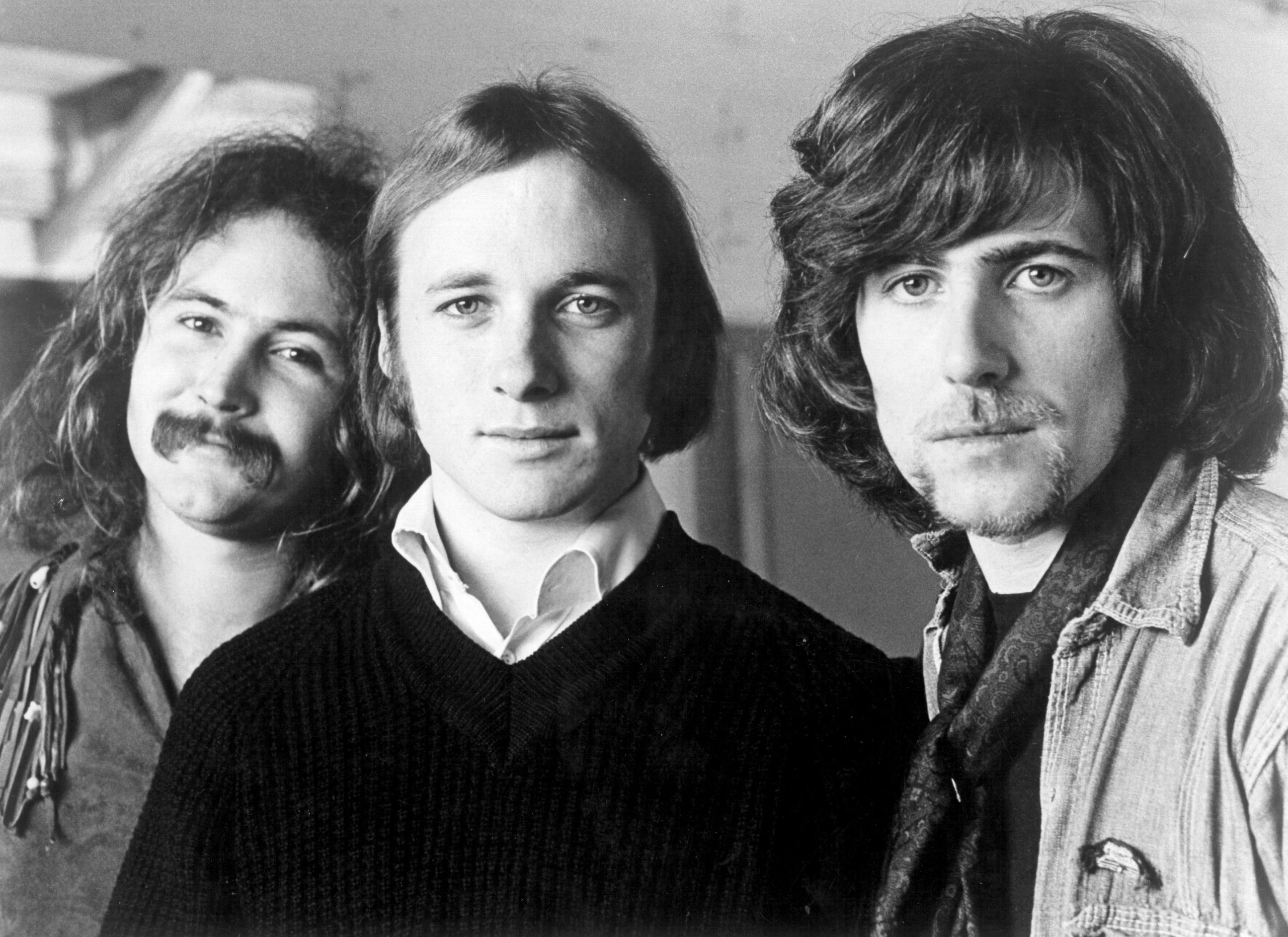
L-R David Crosby, Stephen stills and Graham Nash of the group Crosby Stills & Nash pose for an Atlantic Records publicity still circa 1970. (Photo by Michael Ochs Archives/Getty Images)
His parents had both moved west from a life on the peripheries of prominent east coast families. Having been regulars of the New York society pages prior to their marriage, they chose the California life their son would later become synonymous with – and that would provide the setting to his less-than-stellar academic career. David would drop out of university to follow his elder brother into the pursuit of a career in music after his parent’s divorce in 1960.
Musically speaking, Crosby turns up first in the nascent folk scenes of Chicago and then New York in 1962, paired with soulful folk singer Terry Callier. There, he would cross paths with a Jim (later Roger) McGuinn.
Alongside vocalist Gene Clark, drummer Michael Clarke, and bassist Chris Hillmann (whose addition would see Crosby move to guitar), they would form The Byrds and fuse the folk sensibility of early Dylan et al with the beat driven pop imported by The Beatles. Driven by a four-four beat and McGuinn’s chiming 12-string Rickenbacker, the oft-overlooked ingredient of the ‘classic’ Byrds line-up – which burned so brightly for a relatively short period of time between 1964 and ‘66 – were the folk inspired three-part harmonies produced by Crosby, McGuinn and Clarke. A lush vocal sound that would be a throughline of Crosby’s music for much of his life.
Clarke’s ‘66 exit was the beginning of The Byrds’ end, and by ‘67 tensions enflamed by Crosby’s outspoken nature and political diatribes caused ructions among the group at the Monterey Pop Festival, further exasperated by his decision to accept Stephen Stills’ invitation to sub for Neil Young during Buffalo Springfield’s set.
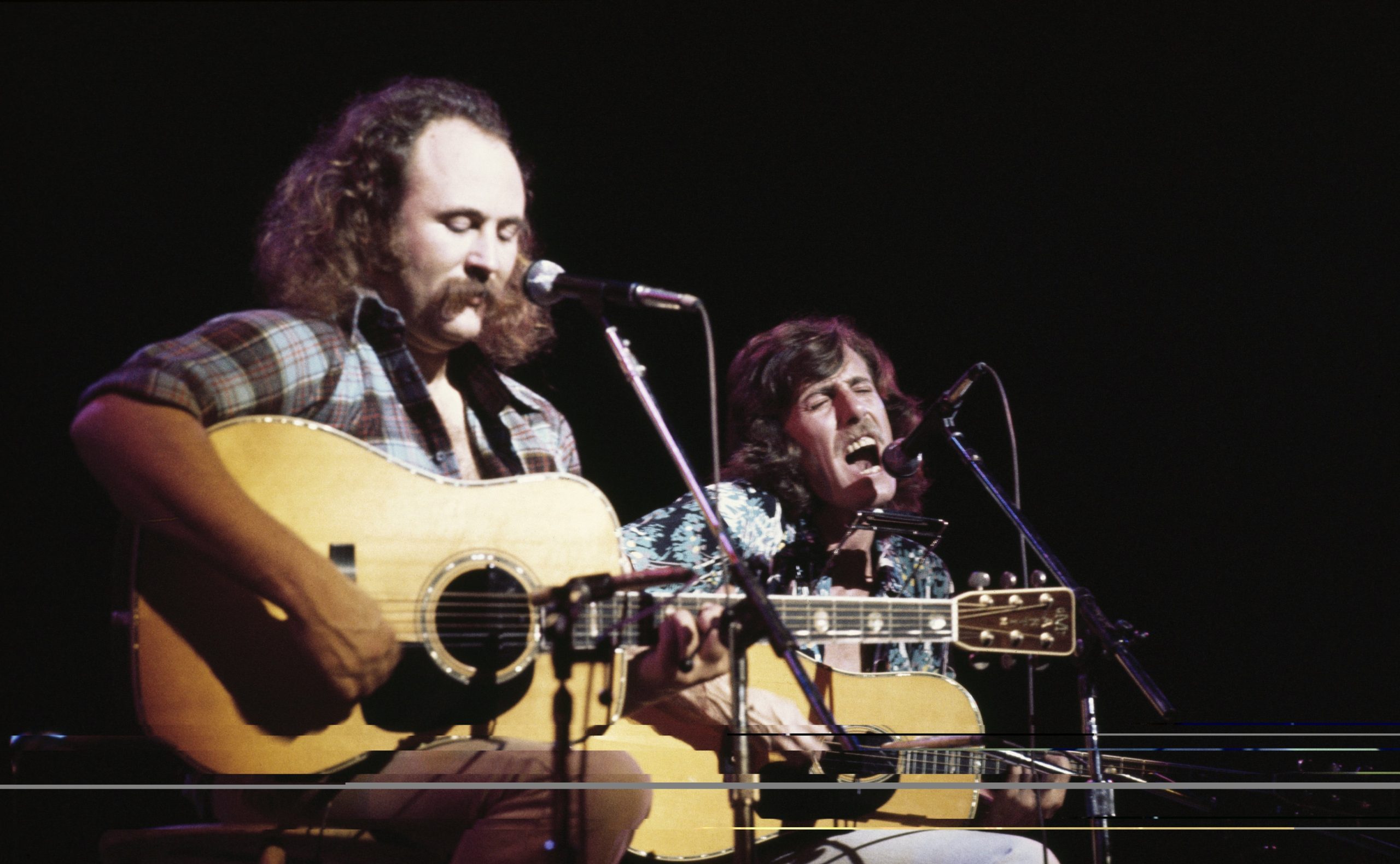
However, it was the 1968 recording of The Notorious Byrd Brothers that instigated his split from the group, after a row over the band’s unwillingness to commit to an album of original material, and the decision not to include Crosby’s suggestive ballad, ‘Triad’.
Earlier that year, at a party held by Mama Cass, Crosby had jammed and sung alongside Stills and British beat scene refugee, Graham Nash – then an unhappy member of The Hollies. This had led to the trio rehearsing informally over the spring and summer, after which Nash would leave his band and join the pair permanently.
Crosby, Stills and Nash’s eponymous first record would appear in May of ‘69 and an appearance at Woodstock in the same year would help cement David’s status as a leading light of the hippie scene, a role he’d embraced and revelled in over the decade. Joining them on the stage for that show was Neil Young, who’d been recording with the band for their follow-up – and perhaps signature – LP, Déjà Vu during that summer.
In late September ‘69, Crosby’s long-term girlfriend, Christine Hinton, was killed in a car accident; an event that is widely attributed as being a catalyst to much heavier drug use by Crosby, which stretched on through the ‘70s and beyond. This, alongside Stills’ cocaine and alcohol problems contributed to the band splitting in mid-1970, at a point where they’d had a number one LP, and two hit US singles (‘Our House’, and the rush-released ‘Ohio’). A three-year hiatus followed for the quartet, though the tumultuous tour that served as a full stop for this chapter would produce the classic live LP 4-Way Street – put together from shows in New York, LA and Chicago.
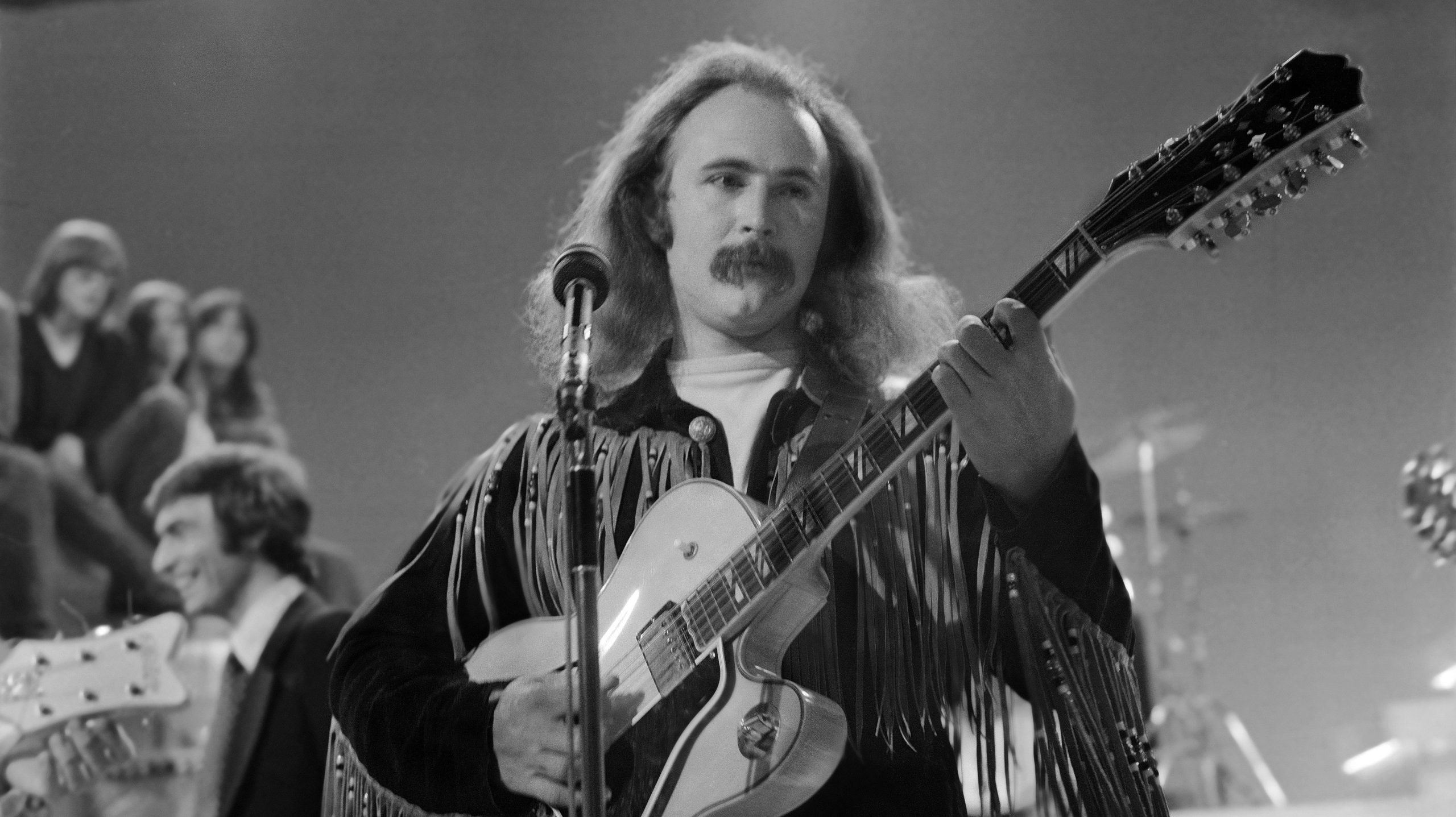
Crosby’s first solo LP, the probably aptly titled If Only I Could Remember My Name, would appear in 1971. It would not see a follow-up for 18 years.
The foursome reconvened for a tour in 1974 that Crosby often expressed disappointment with. While he bemoaned the size of the venues (largely stadia) and their lack of intimacy, other members of the band and its entourage recall a litany of excess, writ large by expenditure on private planes, helicopters and drug use.
Recordings taken from the tour intended for a live LP were not released officially for forty years. Legend has it that Crosby was accompanied on the ’74 outing by two girlfriends – neither of which was his domestic partner – much to the annoyance of band and crew members.
The general vibe very much alienated Young, who travelled separately and became increasingly non-plussed by a lack of new songs as multiple recording sessions were attempted, but remained unfruitful due to bickering and infighting.
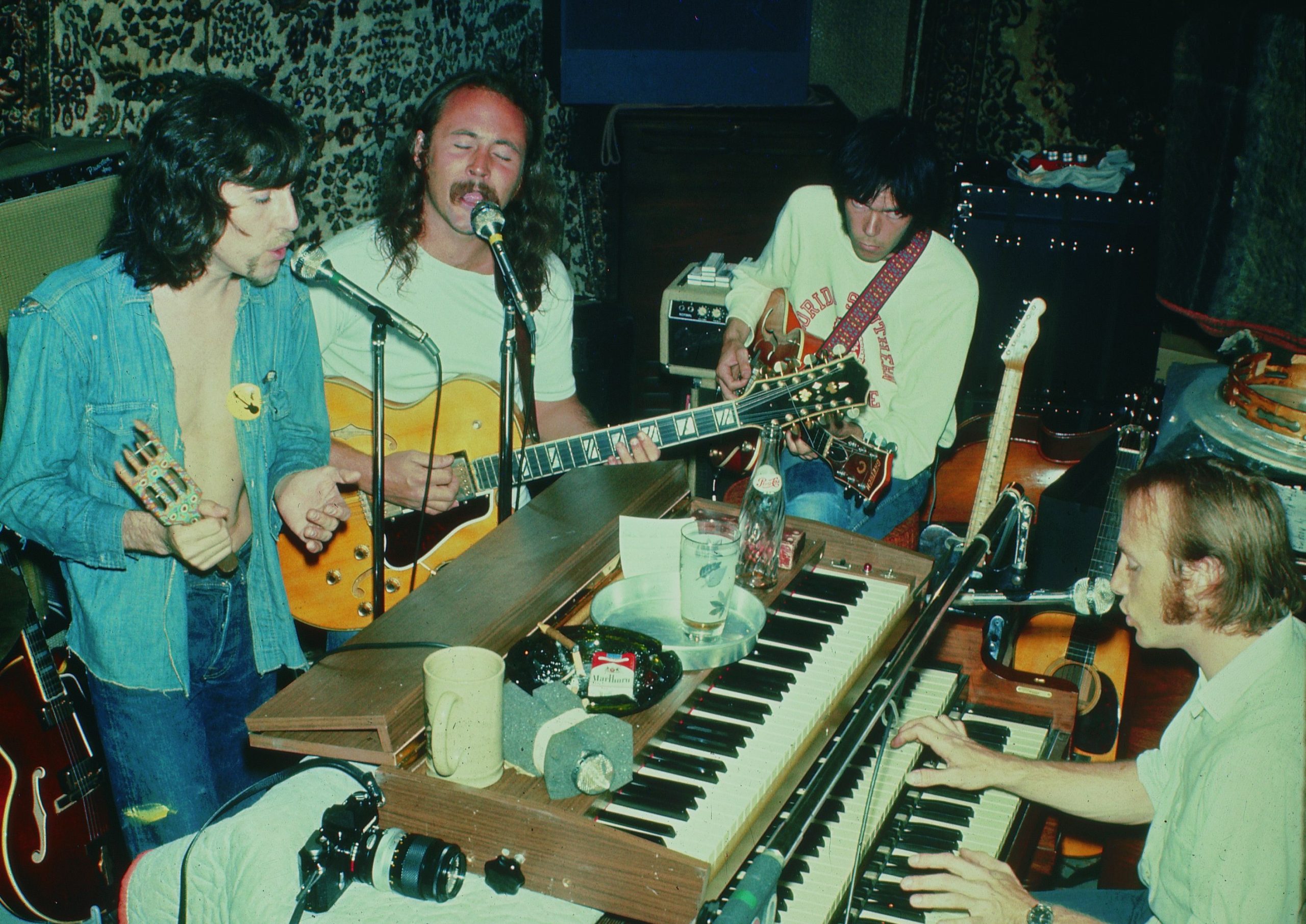
L-R Graham Nash, David Crosby, Neil Young and Stephen Stills. (Photo: RB/Redferns)
1976 saw another attempt to create a de facto CSN&Y LP, culled from various Crosby/Nash and Stills/Young sessions, but again the project ended in acrimony. They would eventually record together again in 1988, after Young struck a deal with Crosby to encourage the latter to clean up his act. It would be 30 years, though, before they would play live together for anything more than the odd event or show (they appeared as CSN&Y at Live Aid and other benefits).
A rift between Crosby and Young would eventually end CSN&Y for good in the early 2010s.
Throughout the late ‘70s and beyond, various combinations of the four formed and fell apart. The Crosby/Stills/Nash trio had its biggest moment in 1977 with the LP CSN, though following it up was hampered by Crosby’s increasing dependence on cocaine and other drugs. He was parachuted in to contribute to 1982’s Daylight Again, but his problems would continue through the decade.
Crosby spent nine months in jail on drug and firearms charges in 1985, including possession of cocaine and heroin. Later that year he was arrested for hit-and-run and drunk driving; having crashed into a fence in Marin County, California he was later found in possession of a concealed .45 calibre pistol and “suspected drug accessories”.
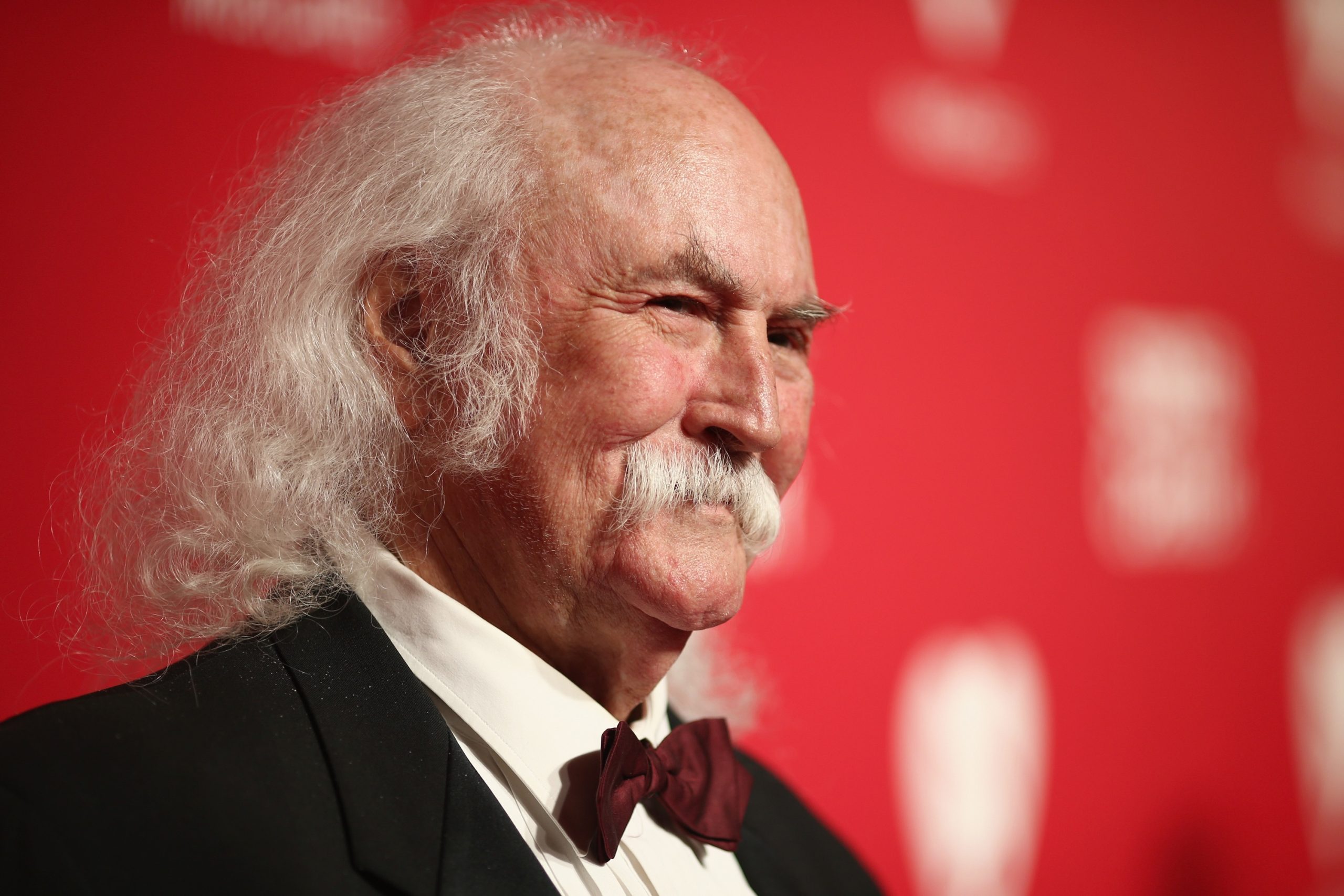
In 2004, hotel staff in New York found a gun, hunting knife, ammo and an ounce of pot in a case Crosby had left behind in his New York City hotel room.
Health problems riddled his later life, up until his death yesterday at 81. However, he never really stopped touring until 2014; between 1996-2004 he enjoyed a fruitful period playing and recording with his son, James Raymond – who had been long-estranged from his father, after being put up for adoption after his birth in 1962.
In his book Chronicles, Bob Dylan said “Crosby was a colorful and unpredictable character, wore a Mandrake the Magician cape, didn’t get along with too many people and had a beautiful voice – an architect of harmony. He could freak out a whole city block all by himself. I liked him a lot.”
And that seems fair enough, as epitaphs go.

